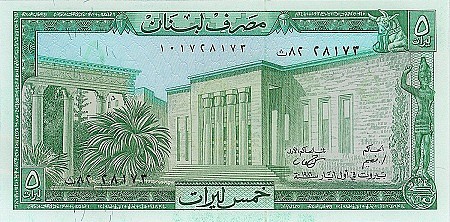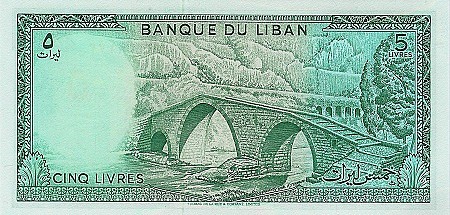LEBANON
Nahr el Kalb / The Dog River

The 19 mile long Dog River, known locally as the Nahr el Kalb, has been inhabited since the Paleolithic era. This important river has provided a rich agricultural area which has provided fruits, grains and vegetables from the coastal plains to the higher river valley. The river has for a long time been the host to many foreign expeditions as they have marched along its shores. While the walls of the rocks above the river cannot talk, they are able to paint us a picture which gives us a great insight into the history of these foreign invaders through the tradition of leaving inscriptive carvings, or stelea, that documented several of their passages through time along this river.
The first stela was left by in the 14th century BC the Egyptian Pharaoh Ramses II (1290 –1224 B.C.) marking forever etched into stone the treaty marking the river as the boundary between Egypt and the Hittites. As time passed and more invasions with it, more inscriptions were placed into the stone for posterity. Seventeen individual stele are placed into the rocks above the Dog River.
While some of them are remnants of lesser known forces, others, like Ramses II, were left by very prominent historical figures in various languages including only one on the opposite side left by Babylonian King Nebuchadnezzar II (604-562 BC), several stelea carved by various Assyrian kings including Esarhaddon (680-627 BC) and one from the expedition sent by Napoleon III (1860-1861), In addition to these there are also stelea marking construction of roads in the area including the Roman 3rd Gallic Legion under the terrible Roman Emperor Caracalla (211-217 AD) and one left by Proclus, a governor of Phoenicia appointed by Theodose the Great (379-395).
There is a Mameluke era bridge bridge over the Nahr el Kalb that has been rebuilt many times. There are two stelea marking construction this arched bridge, one by the Sultan Barqoug (1392-1399) and one by Emir Bechir Chehab II who repaired the bridge in 1809. This is the bridge depicted on the back of the Lebanese 5 pound note, which circulated from 1964-1986. Another bridge built between 1883 and 1892 was constructed by Wassa Pasha, mutassarrif of Mount Lebanon.
The carvings have made it well into the modern era as well, There are two (dated 1919 and 1930) that report that the British Desert Corps took Damascus in October 1918 and one documenting that French troops taking Damascus in 1920 under command of General Gouraud. There are French and English inscriptions dating as late as 1946, marking the departure of French Troops and Lebanon’s independence.
There is a legend in the area of a large black dog that lived along the river. This dog controlled the area and would kill all those who tried to pass by. One spring, a man fought with the large beast and killed it, throwing its body into the river. Since then, the legend says that the water turns red every spring.
In 2005 UNESCO, the United Nations Educational, Scientific and Cultural Organization, erected a commemorative stele under its Memory of the World program, which aims “… at preservation and dissemination of valuable archive holdings and library collections worldwide…” Today, these stelea are a minor tourist site, and they are accessible to the public by stairs. The historic relevance of these indicates that the people and land of this area are under the repetitive turmoil of foreign invaders who wish to control the resources. The stelea records the history of invaders, but do they tell the future as well? If history is any indication then sadly the answer is yes. More stelea are likely to appear along the banks of the Nahr el Kalb.

